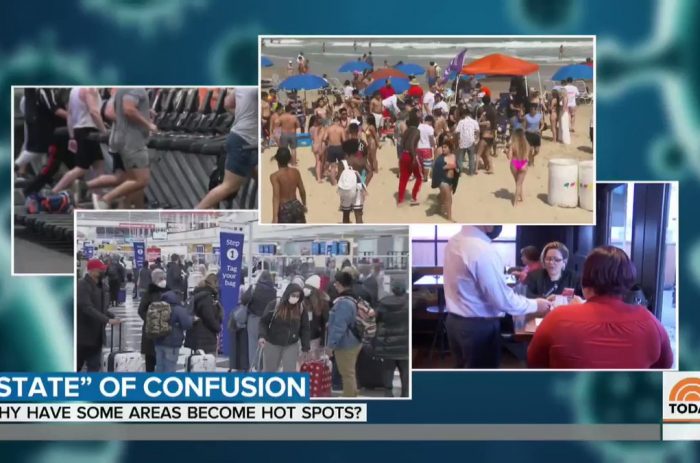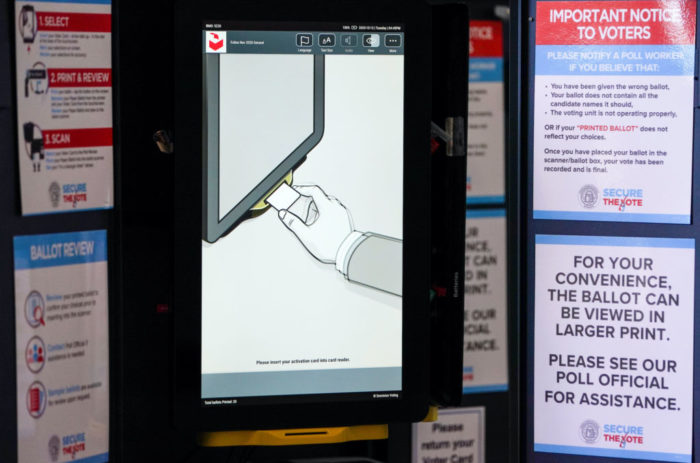redo Jump to...
print Print...
Directions
-Read the excerpt below from the "Best of the Web" post by OpinionJournal.com's editor James Taranto (original post date 9/13/10).
-Read "Types of Media Bias" in the right column. Then answer the questions.
Question(s)
The Associated Press’s Hope Yen and Liz Sidoti bring us the latest economic news:
The number of people in the U.S. who are in poverty is on track for a record increase on President Barack Obama’s watch, with the ranks of working-age poor approaching 1960s levels that led to the national war on poverty.
Census figures for 2009–the recession-ravaged first year of the Democrat’s presidency–are to be released in the coming week, and demographers expect grim findings.
It’s unfortunate timing for Obama and his party just seven weeks before important elections when control of Congress is at stake. The anticipated poverty rate increase–from 13.2 percent to about 15 percent–would be another blow to Democrats struggling to persuade voters to keep them in power.
Some of our readers suggested that “unfortunate timing” line is another example of the AP’s expressing pro-Obama sympathies…
Read the origianl post at opinionjournal.com. (scroll almost halfway down to “Accountability Journalism”)
To accurately identify different types of bias, you should be aware of the issues of the day, and the liberal and conservative perspectives on each issue.
Types of Media Bias:Questions
1. Re-read the definition of BIAS BY SPIN. Do you think the Associated Press reporters are displaying bias by spin by expressing sympathy for President Obama and the Democratic party by saying: “It’s unfortunate timing for Obama and his party just seven weeks before important elections when control of Congress is at stake,” referring to the increase in the number of Americans living in poverty? Explain your answer.
2. Do you think you would have read a similar sympathetic AP report about President Bush? Explain your answer.
Scroll down to the bottom of the page for the answers.
Answers
1. and 2. Opinion questions. Answers vary.



